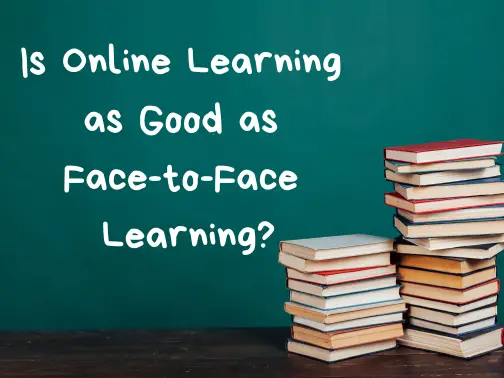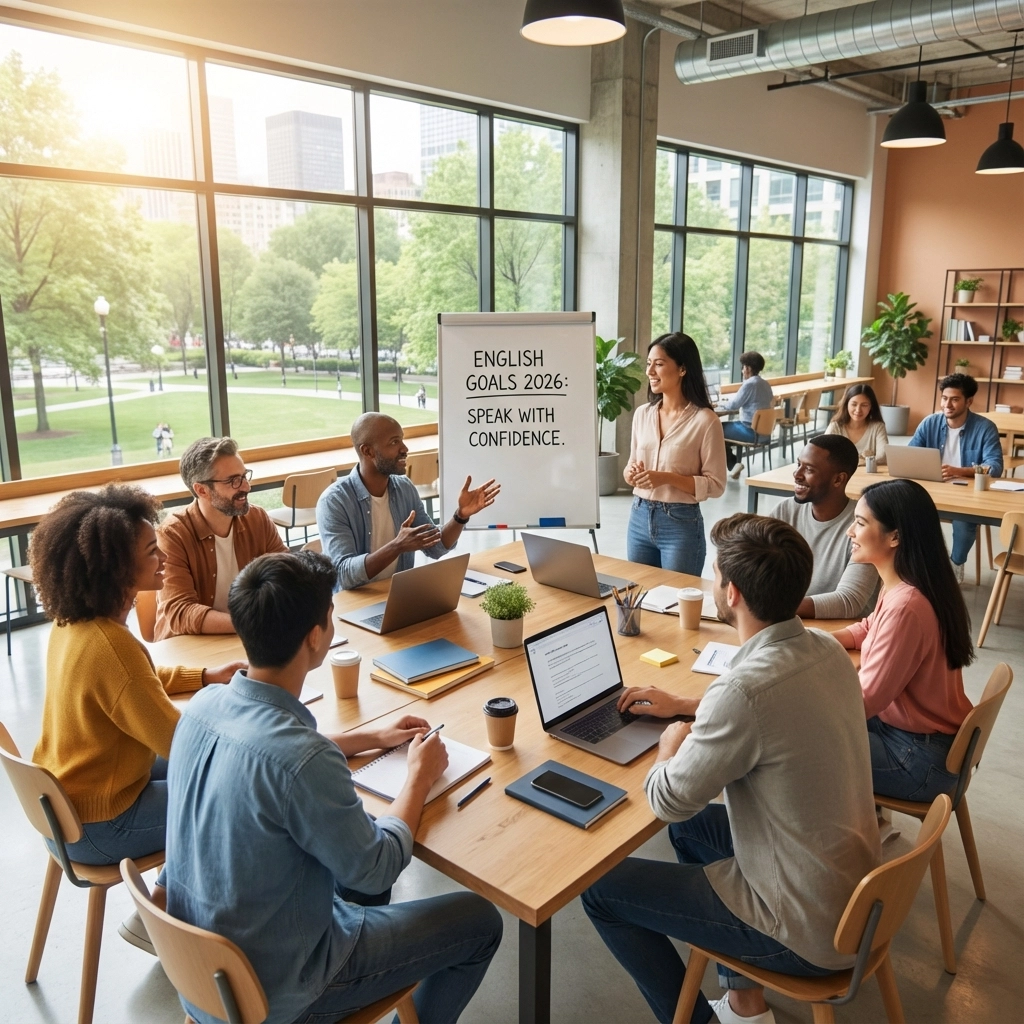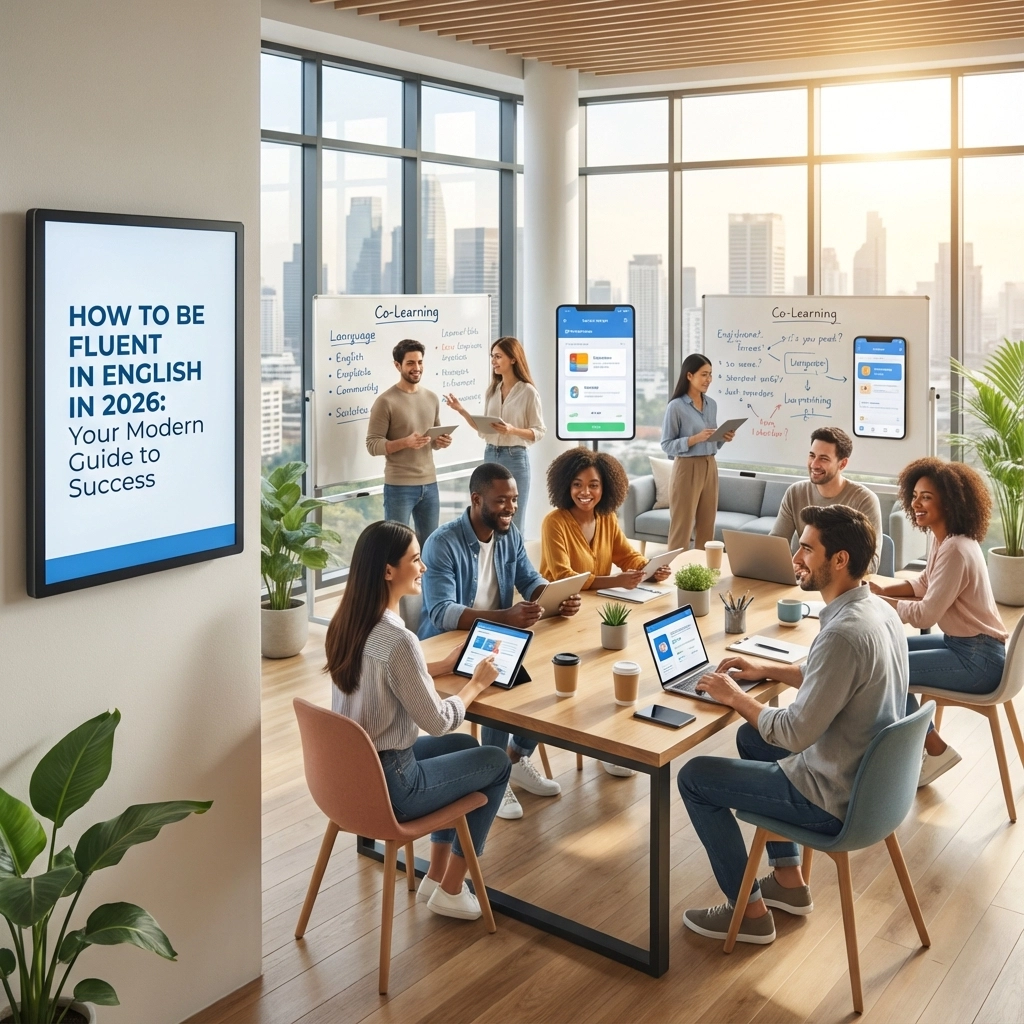Contents
Toggle
Meet David De’ Ath, co-founder, editor, and writer at Wonderful World English. With his extensive background as an English teacher, David provides valuable insights and practical tips on ESL for students and teachers alike.
Online learning is continuing to transform the way millions of people educate themselves around the world.
From busy professionals studying part-time to young learners developing their language skills, more and more people now find themselves logging on to a device to conduct their studies.
Its convenience and flexibility have caused countless students to consider it their go-to option now.
However, some still argue that it is inferior to face-to-face learning.
For most people, face-to-face learning is still the most effective method. It offers a direct experience with the teacher and allows students to fully immerse themselves in an educational setting. Despite this, online learning is superior in factors such as convenience and cost-effectiveness.
I have several years of experience teaching online and face-to-face students, and today, I will give you my honest rundown of these two forms of learning.
I also want to make a clear distinction that when we refer to “face-to-face learning,” we will be referring to one teacher and an individual or small set of students, not necessarily a big class.
So, whether you’re already in the field of education, looking to study a new course, or are simply curious to learn more, let’s dive in!

Is Online Learning as Good as Face-to-Face Learning?
When comparing the two, it’s wise to understand the unique pros and cons of each.
While online learning reigns supreme in flexibility and convenience, it can be less effective for students who struggle with self-motivation.
Face-to-face learning is often more engaging and immersive.
On the other hand, it can be more expensive and less accessible for many people, especially those living in remote regions around the world.
Ultimately, the choice between these two forms of learning will depend on the individual’s requirements and preferences and the subject they are looking to study.
Let’s explore the benefits in more detail.
1. Benefits of Online Learning
Several great benefits come with learning online.
Below are the five greatest advantages of online learning in my experience:
– Convenience
First and foremost, online learning is far more convenient when compared to face-to-face.
As a teacher, I do not have to prepare as many materials because everything I need is already online, and I can log in to the classroom just a few minutes before the class starts.
This can be a wonderful aspect of online learning for all parties involved, especially if they have busy schedules.
It is also great for those who cannot attend classes in person to have the opportunity to still be able to study.
Online learning also offers great flexibility, which allows students to balance their studies with any other commitments they may have.
Due to not having to commute to take a class, there is also more flexibility when arranging the time of the sessions.
There is no rush-hour traffic to worry about; a six o’clock session is now a viable option!
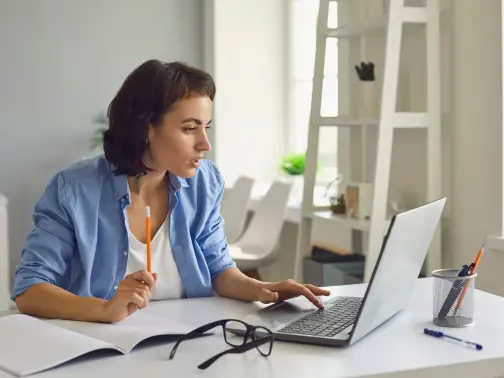
2. Cost-Effectiveness
Online learning is typically much more cost-effective than face-to-face.
Due to the convenience, teachers will tend to charge less for their time.
It’s also worth emphasizing that online learning eliminates any need for students to travel, pay for accommodation, purchase lots of textbooks, etc.
This can be an excellent option for anyone low on cash but still wants to garner the many benefits of learning with a teacher.
3. Access to a Wide Range of Programs
Another great benefit of online learning is the wide range of programs and materials that are available online.
It may be much more difficult to find a teacher in some areas.
Access to a wide range of programs that are not as available locally can offer the chance to study to many worldwide.
With students being able to choose from a variety of courses and programs, regardless of their location, online learning is a fantastic option.

4. Learning Experience
Another great aspect of online learning comes from the experience it can provide.
Whether in games, videos, quizzes, or songs, online learning offers a great variety of options that can make the learning experience enjoyable.
Many other useful tools, such as video lectures, discussion forums, and online libraries, can also provide extra benefits.
This allows students to learn at their own pace and revisit content at their convenience.
Many online learners are students of language, with English being the number one studied language in the world.
If you are currently teaching online and want some great ways to keep your students engaged, the guide below is for you!
Related Article: How to Make Online Learning More Engaging – Teacher’s Guide
5. Personalized Learning
Learning online can also offer a personalized experience.
Students can choose the pace and method of learning that best suits them.
This can allow them to focus on any areas of weakness or skip over topics they are already familiar with.
You may be considering a career in online teaching.
If you’re curious about whether this is a good option for you, check out the article below and we will cover some of the pros and cons.
Related Article: Is Online Teaching a Good Career? – Teacher’s Answer

2. Benefits of Face-to-Face Learning
Now, we have covered the benefits of online learning.
Let’s explore the five greatest benefits that come with face-to-face learning:
– Student Involvement
A significant advantage of face-to-face learning is getting more involved in discussions, debates, and hands-on projects.
This more direct approach can be very beneficial to students who like to move their bodies or become easily restless by sitting at a computer for an extended period.
A student is also much more able to communicate with their teacher instead of having to raise their hand to have their microphone turned on, for example.
It can also be a lot of fun, which is an important part of information retention, especially for younger students.
The ability to fully immerse themselves by directly engaging with the teacher or fellow students can be much more effective than simply doing it through a screen.
Many teachers like to incorporate role-plays and other dialogue practices into their lessons, and face-to-face learning is a much more effective way for students to do this.
This can allow students to quickly gain different perspectives and develop their critical thinking and problem-solving skills.
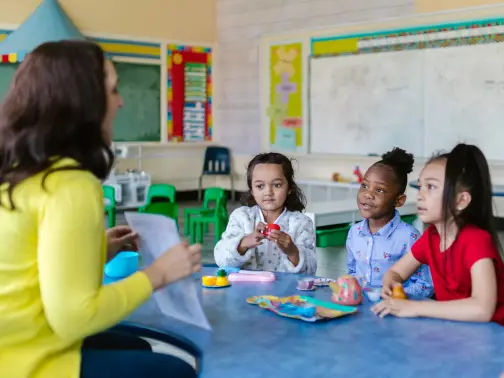
– Human Interaction
Another massive plus for face-to-face learning is that it provides more opportunities for healthy social interaction.
This is crucial for a student’s personal and academic development.
It allows students to build relationships with their peers and instructors, develop communication and teamwork skills, and create a community within a classroom.
With the advancement of computer technologies, more people than ever are concerned that younger generations are becoming less social.
With face-to-face learning, students can practice direct communication with their teacher and classmates, which can help them overcome any fears or anxieties.
This opportunity to grow in confidence is another crucial aspect of helping students succeed in their educational journey.
– Instant Feedback
Face-to-face learning provides real-time feedback, as instructors can immediately respond to students’ questions and concerns.
A teacher can see directly if the student comprehends what they are being taught, which allows them to know when to explain something in more detail or to provide positive reinforcement.
This means students can receive immediate feedback on their work, understand areas where they need improvement, and receive guidance.
With the ability to receive instant feedback, students will develop faster than if they had to wait.
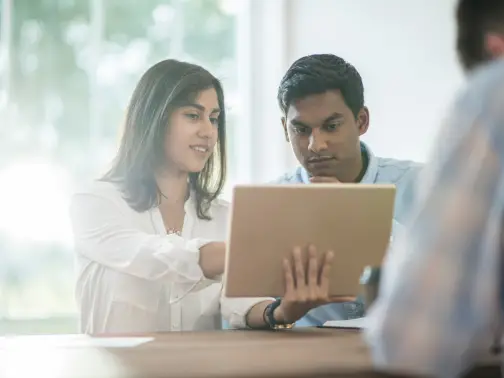
– Structured Learning Environment
Face-to-face learning provides a structured learning environment, which can help students stay focused and motivated.
In a structured learning environment, there are fewer distractions, and thus, the students will be more engaged and able to retain more information.
This structured environment will help students establish better study habits, helping them better develop in their academic and personal lives.
Lesson planning is a key aspect of teaching both online and face-to-face.
For some great tips on how to lesson plan effectively, check out the guide below!
Related Article: How to Lesson Plan for New Teachers – Free Guide
– Enhanced Focus
The enhanced focus that comes with face-to-face learning should not be understated.
Communicating directly with a teacher in a learning environment is a massive benefit.
As highlighted in number 4, fewer distractions exist, and the teacher can see if you are engaged.
This ability to read the student and change the pace and tone of the class accordingly is very important in aiding the student as they learn the material.
On top of this, students cannot be lured in by social media or notifications, for example, because they are face-to-face with their teacher and thus more focused.
This enhanced focus will help students in their studies and achieve better results.

3. Is Online Learning Better?
The answer to this question is subjective and depends on the individual.
Some people regard the convenience and flexibility that online learning provides as their deciding factors.
Other people prefer to be more immersed and able to flow and communicate with their teacher more effectively.
I think face-to-face is more effective for the student because of the reasons mentioned above.
When I have taught face-to-face, I have been able to provide physical materials such as books and objects to accompany the lesson.
But, if you ask me which one do I prefer as a teacher?
I would say online teaching.
This is because of the convenience and flexibility it offers me; I don’t need to prepare as much, and I also exert less energy than I do when teaching face-to-face.
Both methods are highly effective in my experience, and any student will undoubtedly develop in each.
So, depending on your situation and requirements, there is no definitive answer for which is better; that depends on what you’re looking for.
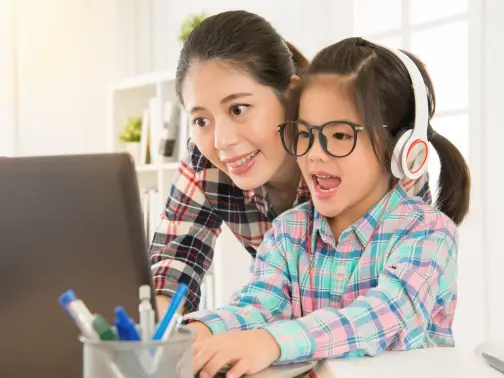
Conclusion
These two forms of learning come with their benefits and challenges.
Online learning boasts greater flexibility, convenience, and access to a broader range of programs but can be less effective for teacher-student communication.
Face-to-face learning, conversely, provides learners with a more immersive and direct educational experience but is less convenient and often more expensive.
Ultimately, the choice between online and face-to-face learning depends on the student’s needs.
With rapid technological advancements, online learning will continue to grow as an increasingly popular option.
Educators must explore ways to enhance the online learning experience and provide quality education to students everywhere.
We hope this has helped you better understand these two awesome forms of learning!
Image Attribution: All images licensed via canva.com

